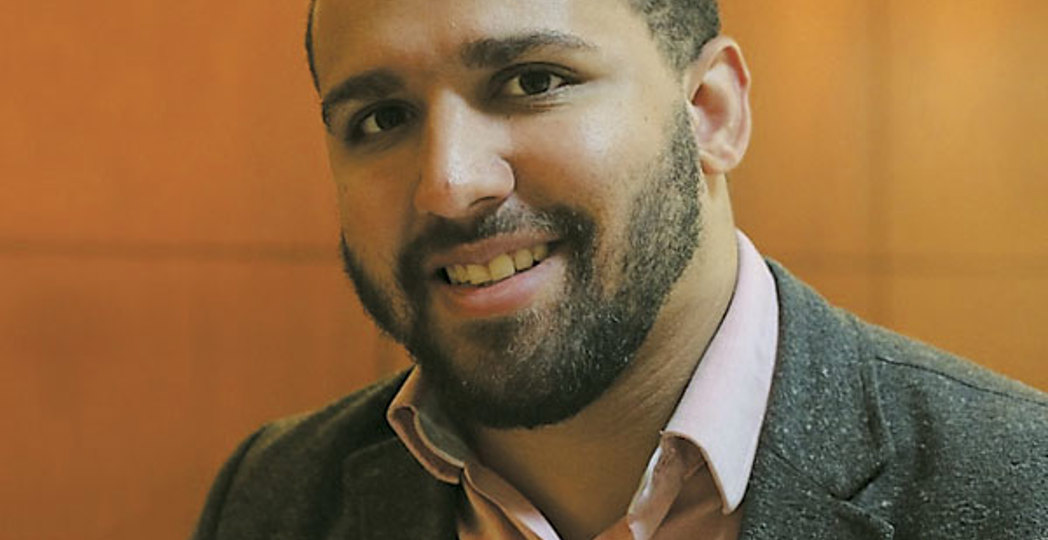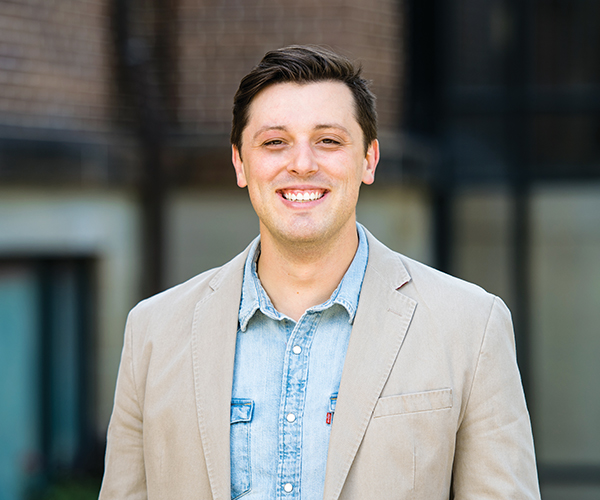Wesley Lowery's New Book Confronts Race and Police
by Dillon Stewart | Nov. 14, 2016 | 7:00 PM

Washington Post reporter Wesley Lowery was naïve when he arrived in Ferguson, Missouri, to cover the unrest following Michael Brown’s death. Two years later, the 26-year-old Shaker Heights native is an expert on police shootings. “As the nation was figuring out this story,” says Lowery, “I was trying to figure out this story.” His reporting spurred the most comprehensive database of police shootings ever assembled. The project, which documented 990 shootings in its first year, earned a Pulitzer Prize in April. Due Nov. 15, his book, They Can’t Kill Us All.
Q: What did you learn after two years of covering officer-related shootings?
A: In Ferguson, I had an earnest expectation, like They’re still investigating. Maybe they’re going to charge the police officer. Now, armed with more information and context, I know when I cover these shootings that, no, they’re almost certainly not going to charge a police officer.
Q: In Ferguson, you were arrested — unjustly, many would argue — while filing a report from a McDonald’s. How did the arrest change your perspective?
A: Since I was 12 years old, I worked very hard to craft a serious persona of a newspaper reporter. Then something completely out of my control happened, and I became a punching bag. Cable hosts said I just did it to get on TV. So I was like, “Screw it. Let me be who I am. Let me speak honestly about things.”
Q: “No justice, no peace” is a common Black Lives Matter chant. What does justice look like?
A: For me growing up, the police were people who broke up our parties. For my friends across town, the police were the people who harassed you every day on the walk home from school. I think full justice looks like a world in which people are no more or less likely to have a violent police encounter based on their race or socioeconomic status.
Q: How did growing up in Cleveland influence you?
A: Cleveland has a proud tradition of black public activism and public service. It was a place where I got to see people who looked like me succeed and achieve. In Shaker Heights, I grew up in a place that deliberately valued racial diversity and facilitated conversations about things like the achievement gap, racial profiling or about what, if any, systemic issues there might be. That curiosity encouraged me to go into [journalism].
Q: Is Cleveland moving in the right direction?
A: Going at their word, you have a mayor and a police chief who have made it clear they want to do better, but they’re hamstrung by some of their options. Mayor Frank Jackson has said even if he fired some of the officers, the arbitrator would rule that they have to get their jobs back. You could sense the frustration in his voice as he talked about what these rules were. You have people in good faith who really want to improve things in all these cities but don’t necessarily have the mandate or the scope or the prioritization. But when the Justice Department comes in and says, “You literally don’t know what community policing looks like,” which was one of the lines in the DOJ report, it forces you, in a much more immediate way, to start addressing things.
Q: As a congressional reporter, you weren’t even covering this topic when you were sent to Ferguson. Was there a certain rabbit hole feeling to the past two years?
A: One thing I focused on heavily were people, like me, who were thrust into this, who woke up on a Monday and their life changed. People who were school board administrators or working in a furniture store, and a dead kid in the streets compels them into the activism space. Then that small decision sets off a series, and they become this major face of Ferguson or Baltimore.

Dillon Stewart
Dillon Stewart is the editor of Cleveland Magazine. He studied web and magazine writing at Ohio University's E.W. Scripps School of Journalism and got his start as a Cleveland Magazine intern. His mission is to bring the storytelling, voice, beauty and quality of legacy print magazines into the digital age. He's always hungry for a great story about life in Northeast Ohio and beyond.
Trending
-
1
-
2
-
3
-
4
-
5










